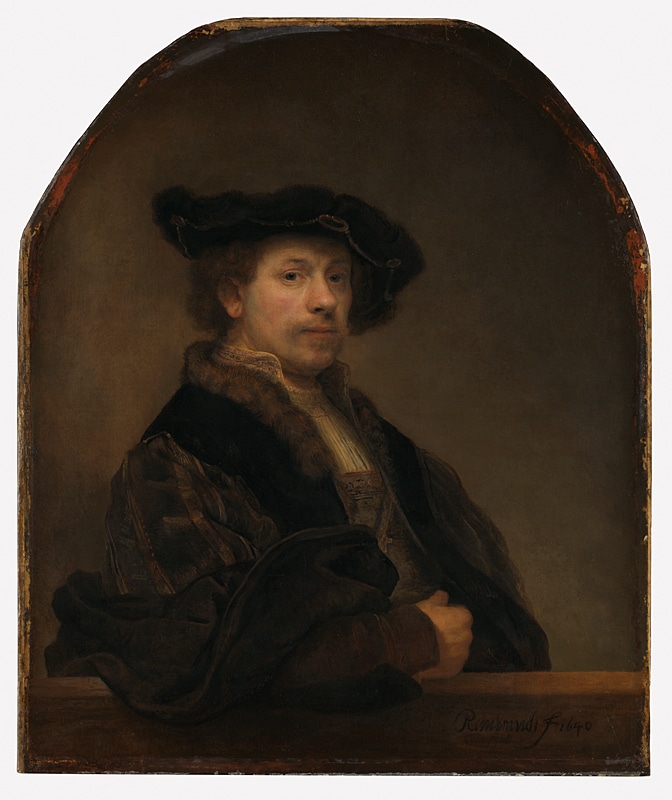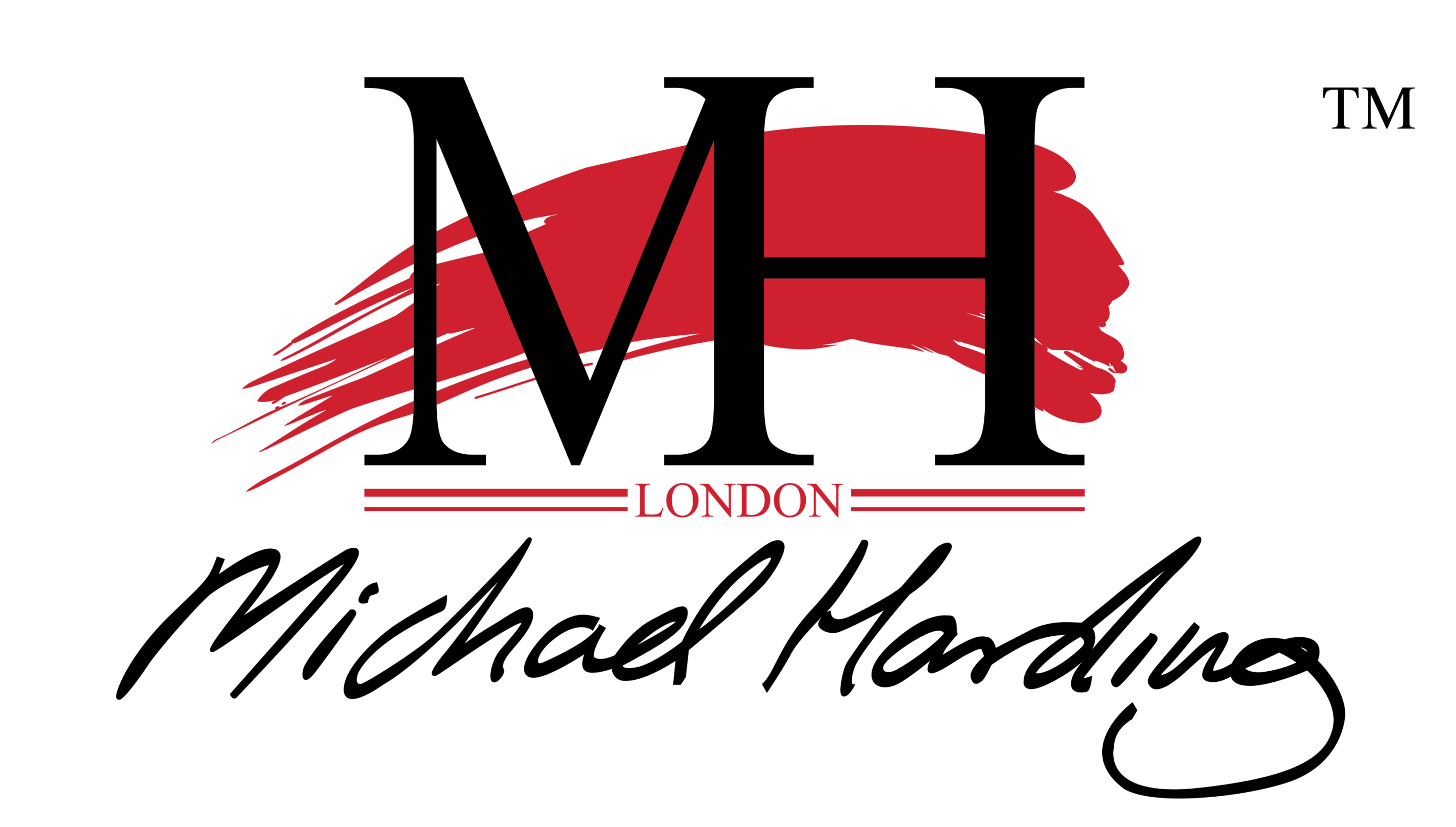Working with Paint: An Interview with Michael Harding
By Abigail LashbrookTopics: Art Inspiration
My main motive for producing paint came out of looking at Rembrandt. As a young artist just out of art school, I wanted to paint like him and I couldn’t reproduce, with my materials, what I saw in his paintings. There was this Rembrandt portrait in the National Gallery that was the quintessential Rembrandt and I was trying to figure out why I couldn’t paint like that– in terms of the texture of the paint itself, the surface was so different from any paint I could find in the store. In Rembrandt’s days the choices of pigment were far fewer – half-dozen to a dozen was all most of them had, but look at what they accomplished with them! That’s when I decided to try to grind my own paint, because that’s what they did back then. Everything anyone needs to know about making paint is in the Artist’s Handbook of Materials and Techniques by Ralph Mayer, so I did some reading and started to make paint. When you’re young you think anything is possible, so I just jumped in headfirst. It was one hell of a mess initially, but I started getting paint I was happy about after two or three days of trial and error. It’s a never-ending process though; after forty years I’m still tweaking things. You never reach perfection. Even to this day I study books from art restorers looking for a better understanding of the materials the masters used…

Rembrandt, Self Portrait at the Age of 34, oil on canvas. 1640.
Working with Paint: An Interview with Michael Harding
By Abigail LashbrookTopics: Art Inspiration
My main motive for producing paint came out of looking at Rembrandt. As a young artist just out of art school, I wanted to paint like him and I couldn’t reproduce, with my materials, what I saw in his paintings. There was this Rembrandt portrait in the National Gallery that was the quintessential Rembrandt and I was trying to figure out why I couldn’t paint like that– in terms of the texture of the paint itself, the surface was so different from any paint I could find in the store. In Rembrandt’s days the choices of pigment were far fewer – half-dozen to a dozen was all most of them had, but look at what they accomplished with them! That’s when I decided to try to grind my own paint, because that’s what they did back then. Everything anyone needs to know about making paint is in the Artist’s Handbook of Materials and Techniques by Ralph Mayer, so I did some reading and started to make paint. When you’re young you think anything is possible, so I just jumped in headfirst. It was one hell of a mess initially, but I started getting paint I was happy about after two or three days of trial and error. It’s a never-ending process though; after forty years I’m still tweaking things. You never reach perfection. Even to this day I study books from art restorers looking for a better understanding of the materials the masters used…

Rembrandt, Self Portrait at the Age of 34, oil on canvas. 1640.
